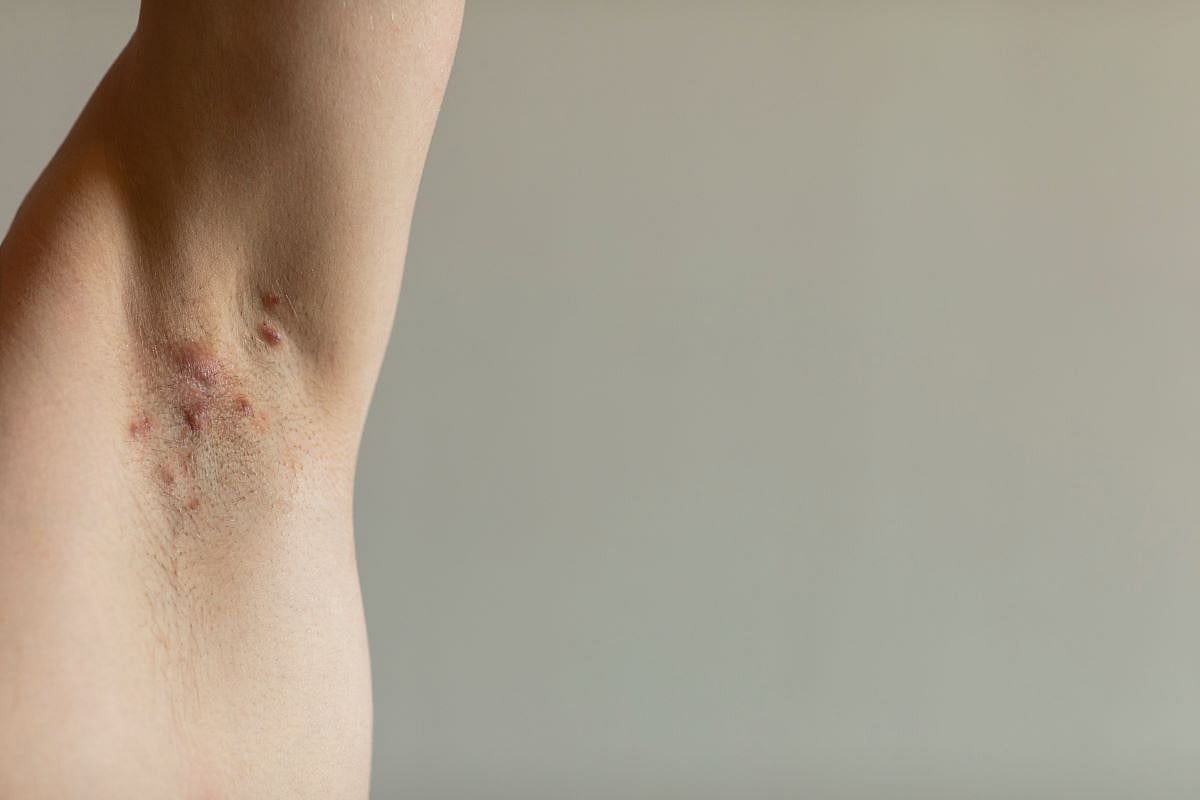Greater odds of new diagnosis seen in lower-SES neighborhoods in analyses adjusting for age, sex, race and ethnicity
By Elana Gotkine HealthDay Reporter
WEDNESDAY, May 14, 2025 (HealthDay News) — For dermatology patients, neighborhood-level socioeconomic status (nSES) is associated with a new diagnosis of hidradenitis suppurativa (HS), according to a study published online May 14 in JAMA Dermatology.
Aileen Y. Chang, M.D., from the University of California San Francisco School of Medicine, and colleagues conducted a cross-sectional study of patients from dermatology clinics in the University of California San Francisco health system between Aug. 1, 2019, and May 31, 2024, to examine the association of nSES with new HS diagnoses among dermatology patients. The researchers assigned nSES quintiles based on the distribution of nSES index values among census tracts in the San Francisco Bay Area, from quintile 1 (lowest nSES census tracts) to quintile 5 (highest nSES census tracts).
The analyses included 65,766 patients, of whom 0.7 percent had a new HS diagnosis. The researchers found that after adjusting for age, sex, and race and ethnicity, lower-SES neighborhoods had greater odds of a new HS diagnosis (odds ratios for quintile 1, 2, 3, and 4 versus 5: 3.32, 2.25, 1.97, and 1.44, respectively). Among patients residing in lower-SES neighborhoods, greater odds of a new HS diagnosis were seen in race-stratified analyses, although the pattern did not reach statistical significance in all racial and ethnic groups.
“This finding supports the hypothesis that neighborhood-level factors may influence the development of HS,” the authors write.
Several authors disclosed ties to the biopharmaceutical industry.
Copyright © 2025 HealthDay. All rights reserved.








